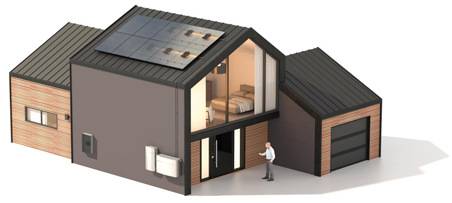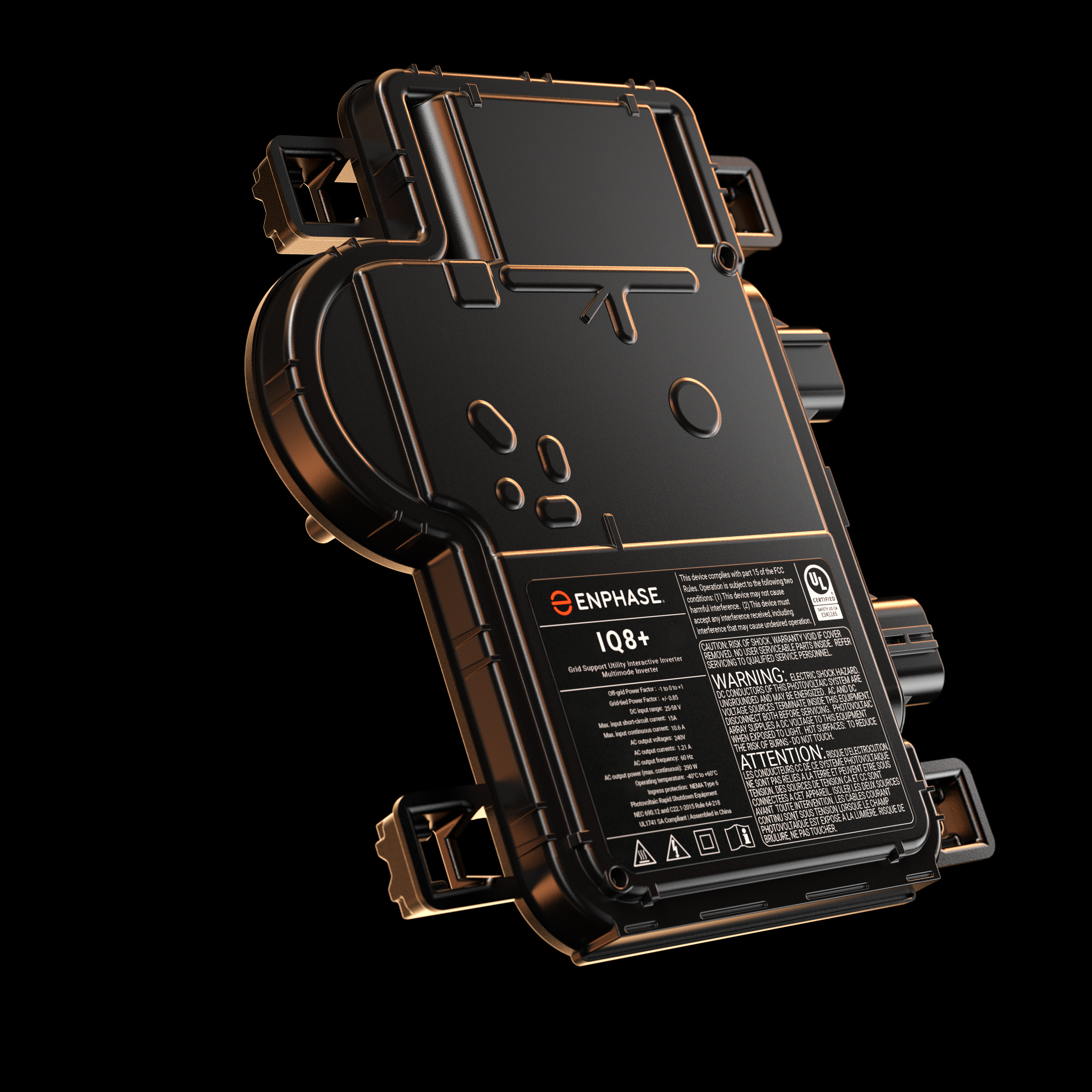Safety
With payback periods at their shortest ever, there is no need to opt for the cheapest solar system. When we buy a car or book a holiday, we don’t tend to choose the cheapest, so why would it be any different for your solar system? Also, solar panel safety should be at the forefront of your choice.
Your solar system has to work hard every day of the year for 25+ years. It is therefore important to choose a system which not only generates as much electricity as possible but is also safe, remains issue-free and doesn’t cost money to maintain.
The main benefits of Enphase microinverters:
1. Fire Safety – Thankfully, solar fires are rare but as solar energy adoption accelerates, solar panel safety remains a critical concern—especially the risk of solar fires. While solar systems are generally safe, the type of inverter technology used can significantly influence fire risk. In this context, Enphase microinverters offer a compelling advantage over traditional string inverters, particularly in terms of fire prevention.
Understanding the Difference: Microinverters vs. String Inverters
String Inverters: These systems connect multiple solar panels in a “string” to a single inverter. The panels generate high-voltage DC electricity, which travels through long cables
before being converted to AC.
Enphase Microinverters: Each panel has its own inverter mounted directly behind it.
These convert DC to AC at the panel level, eliminating the need for high-voltage DC cabling
high-voltage DC cabling
across the roof.
Video on solar safety Safety and Solar – YouTube
2. 25-year warranty as standard – Not a marketing gimmick, given because of its unmatched reliability. Compared to 5-12 year on string inverters
3. Highest reliability – 99.95% reliability rate (1 in 2000 chance a microinverter will fail). What other solar manufacturer even publishes their failure rates?
4. No single point of failure – A string inverter is the least reliable component on a traditional system and typically needs replacing every 7-10 years. If a string inverter fails the whole system shuts down. Microinverters split the system at panel level meaning if one panel has an issue the rest of the system keeps working, no other solution does this.









